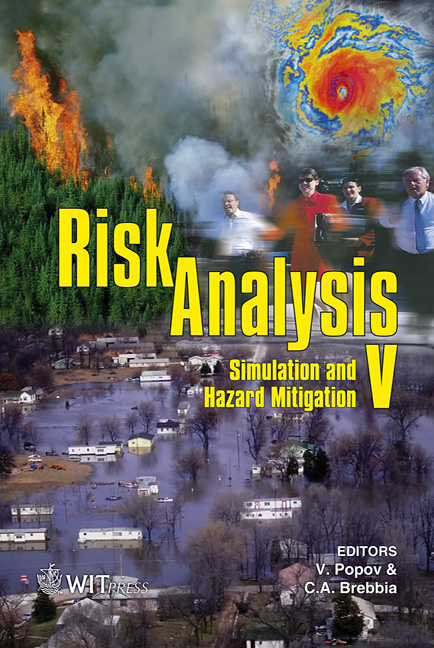Rationale And Development Of A Security Assurance Index With Application Toward The Development Of A World Risk Index
Price
Free (open access)
Transaction
Volume
91
Pages
16
Published
2006
Size
339 kb
Paper DOI
10.2495/RISK060311
Copyright
WIT Press
Author(s)
M. M. Plum & G. A. Beitel
Abstract
Assurance categories were previously developed to support the Department of Homeland Security’s efforts in the mitigation of Cyber Control System events. Defined according to the risk of life and economic loss, the minimum range is designated by policy; whereas, the maximum limit seems to be constrained only by limits and interdependencies of the event. Use of this life/assets scale has proven to be helpful in managing risk due to the scales ease in use, communication, and understanding. Suggestions have been made that this scale could be applied to all events of terror, disaster, and calamity of an international scale, with equally good results. This paper will present the history of some existing scales of disaster and assurance, the rationale behind the development of the original Security Assurance Index, and our proposed scale of disaster and calamity as a World Risk Index. Keywords: World Risk Index, Security Assurance, risk management, risk scale. 1 Introduction Since 9-11, the United States has been allocating a tremendous amount of resources for the prevention of future terrorist attacks. Within the month, the President established an executive-level Office of Homeland Security (OHS) with a mission to \“develop and coordinate the implementation of a comprehensive national strategy to secure the United States (its people and physical assets) from terrorist threats or attacks.” Within the year, the Homeland Security Act of 2002 created the Department of Homeland Security (DHS) which integrated many federal agencies into one organization with the purpose
Keywords
World Risk Index, Security Assurance, risk management, risk scale.





